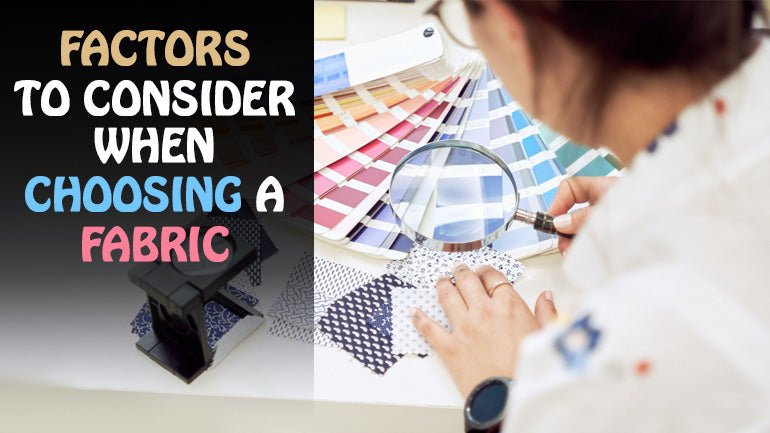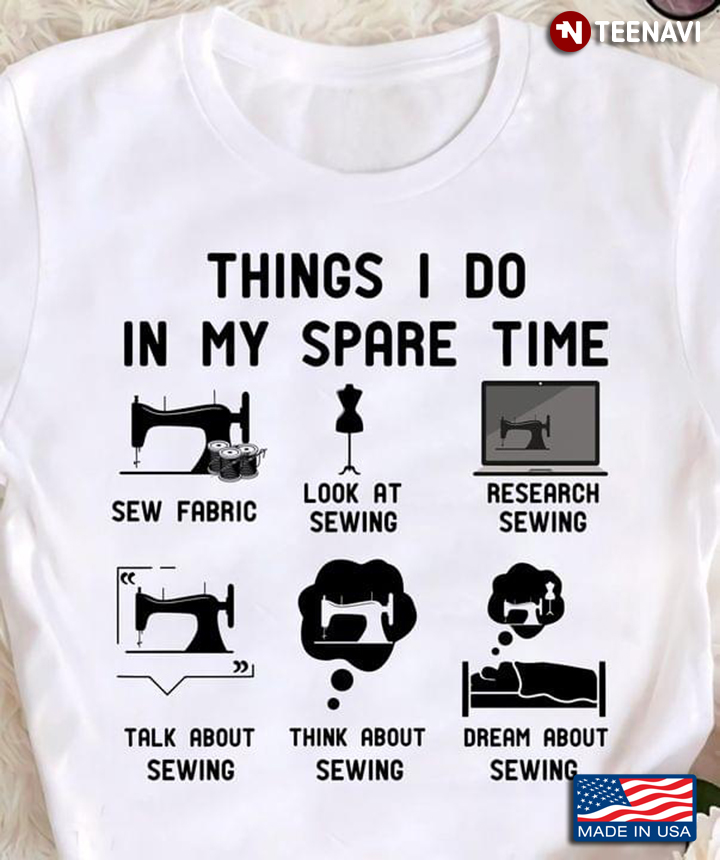Not known Details About All 4 Way Stretch Fabrics
Rumored Buzz on All 4 Way Stretch Fabrics
Table of ContentsAll 4 Way Stretch Fabrics - Questions10 Easy Facts About All 4 Way Stretch Fabrics ShownNot known Factual Statements About All 4 Way Stretch Fabrics All 4 Way Stretch Fabrics Things To Know Before You Get ThisThe Greatest Guide To All 4 Way Stretch FabricsWhat Does All 4 Way Stretch Fabrics Do?3 Easy Facts About All 4 Way Stretch Fabrics Described
As I also want UV defense from my garments when I go out, I would choose a largely woven cotton material. One more consideration when buying the textile is the means it will after washing.A safe wager would certainly be to purchase at least 10% added textile. If you can buy preshrunk textile, this is the ideal.

If you are matching the color, like selecting the cellular lining for the main textile or choosing material to add as trim, this is particularly important. The fabric showrooms will typically have a light well where you can see the material in sunlight (or a home window with excellent light from outdoors).
The Ultimate Guide To All 4 Way Stretch Fabrics

A lot of fabrics have to do with 44 broad. When you go to get textile, estimate just how much you want first and after that go to the shop. Look into this message to recognize the solution to this frequently listened to inquiry "Just how much fabric do I require". With a fat quarter, you will get an 18 wide by 22 long.
Some fantastic bargains can be had this method. In dressmaking, we buy material by the yard/meter.
Things about All 4 Way Stretch Fabrics
In a quarter of a backyard, you obtain a 9 by 44 strip of textile, which is about 22 cm in length. According to the width of materials, they might be called single-width and double-width.
You can find out more regarding yard to meter conversion here. Take a look at this blog post on checking out a tape procedure Select textiles that are not as well hard or stiff, or you wouldn't be comfortable in them. Linen, Denim, flannel, For colder climates, select wool (100% as well as wool blends) wool tweeds, woollen crepe; it essentially relies on what pants you are chatting concerning Tailored pants, Unstructured Pant, Combined, Denim.
Corduroy is comfy to put on material to select for pants. All cotton materials benefit children. You can pick a cotton satin stretch or a cotton twill or cotton satin or lawn. Knit fabrics are additionally fantastic for children you can go with wool knits. Interlock knits are dressmaking knits that stretch across the grain.
The Definitive Guide to All 4 Way Stretch Fabrics
Have a look at this post on the most effective fabric for clothing for babies and children for more information on this topic. Lightweight cotton is my favored to sew skirts. Cotton grass cloth in beautiful prints is excellent. Silk jersey is a go to this site terrific textile for sewing skirts, as is Ponte Roma weaved fabric.
Drapey rayons, soft wool, lycra blends, and stretch velours are all suitable for stitching skirts. Wool (Woollen crepe has a fantastic drape and provides sufficient framework for jackets; wool tweeds are terrific also), Linen & Flannel. Velvet (Look Into the slouchy velour sports jacket tutorial, by the means). Lightweight knits benefit free-flowing jackets similar to this waterfall coat pattern Raw silk, satin, taffeta, velour, Shoelace, silk chiffon, and Organza are all terrific for making dresses.
You can acquire medium-weight textiles with some spandex/elastane included for a suitable bodycon-type gown. For drapey outfits, you can pick light-weight materials. Crepe, challis, and charmeuse are all drapey textiles fit for this design.
Light-weight cotton material, Cambric, Chintz, Twill, Faille, Seersucker, Poplin, lightweight woven broadcloth, batiste, linen, eyelet are great for making tee shirts and blouses. Smooth satin material is great for making ventilated tops. When getting patterned material (most of the formed material comes with a width of 45 or 54 inches), there will be pattern repeat in these fabrics, and this ought to be taken right into consideration when cutting textile as well as acquiring them i.e., if you want to match the patterns at the seams.
The Best Strategy To Use For All 4 Way Stretch Fabrics
This message has the names of all the checkered patterns and this, stripe patterns. The themes will be distributed in an organized style on the textile. However you might notice often If the print is not positioned on the material appropriately, it can not be matched or lined up when built without misshaping the fabric and the hang of the garment.


The fabric weight is dependent on several variables like the weave, fiber kind, etc and is typically signified by GSM. GSM can vary from 60 -700; 700 being the GSM of really top quality woolen fabric.
One thing you have to keep in mind is that greater fabric weight does not denote higher material quality. You can not select high fabric weight textile jeans for a lightweight floating shawl.
In a nutshell, the most important standards to look for in the textile you get are as complies with (https://www.quora.com/profile/Ray-Herrera-72). The number of strings per inch of fabric (yarns-per-inch).
Fascination About All 4 Way Stretch Fabrics
This is very important in any type of material. In high-quality fabric, this balance (either in numbers or in size) will always be maintained. Processes utilized on fabric to boost appearance and performance. The fibers that are woven to make the fabric will either be as a solitary strand or will certainly be created by integrating 2 yarns (twisted).
A two-ply yarn is remarkable to a single-ply thread.
If you are preparing yourself to start a new sewing task, picking a material will certainly be the most crucial action when you decide what you wish to make. After you've gone to all the problem and expense of purchasing the sewing machine you enjoy, a pattern you enjoy, and a textile you like, you want the ended up item to be a success, right? One method to accomplish that is to begin by ensuring your material is really right for the project.
All 4 Way Stretch Fabrics Fundamentals Explained
Just how do you recognize which fabric will provide you the ideal result? Selecting a fabric merely due to the fact that you like the print or style on it isn't always the ideal technique - leggings fabric.
In order to stay clear of doing an entire task for essentially absolutely nothing, we have actually put together some ideas to aid you decide which material is appropriate for your job. Let's claim you already have a job in mind; just how do you find the appropriate textile for it?
Then, think of the features you want the ended up product to have. If clothes, will it be fitted or loosened? Dressy or daily? For cozy climate or cold? Do you want a solid shade or a print? If you are making a non-wearable item such as a cushion cover or potholder, use a tough material such as canvas.
There is so much details available about textiles, their qualities, and their usages, it might get to be overwhelming! So don't attempt to take it in all simultaneously; simply start with the job available. Find out all you can concerning the textile you use for this one task.